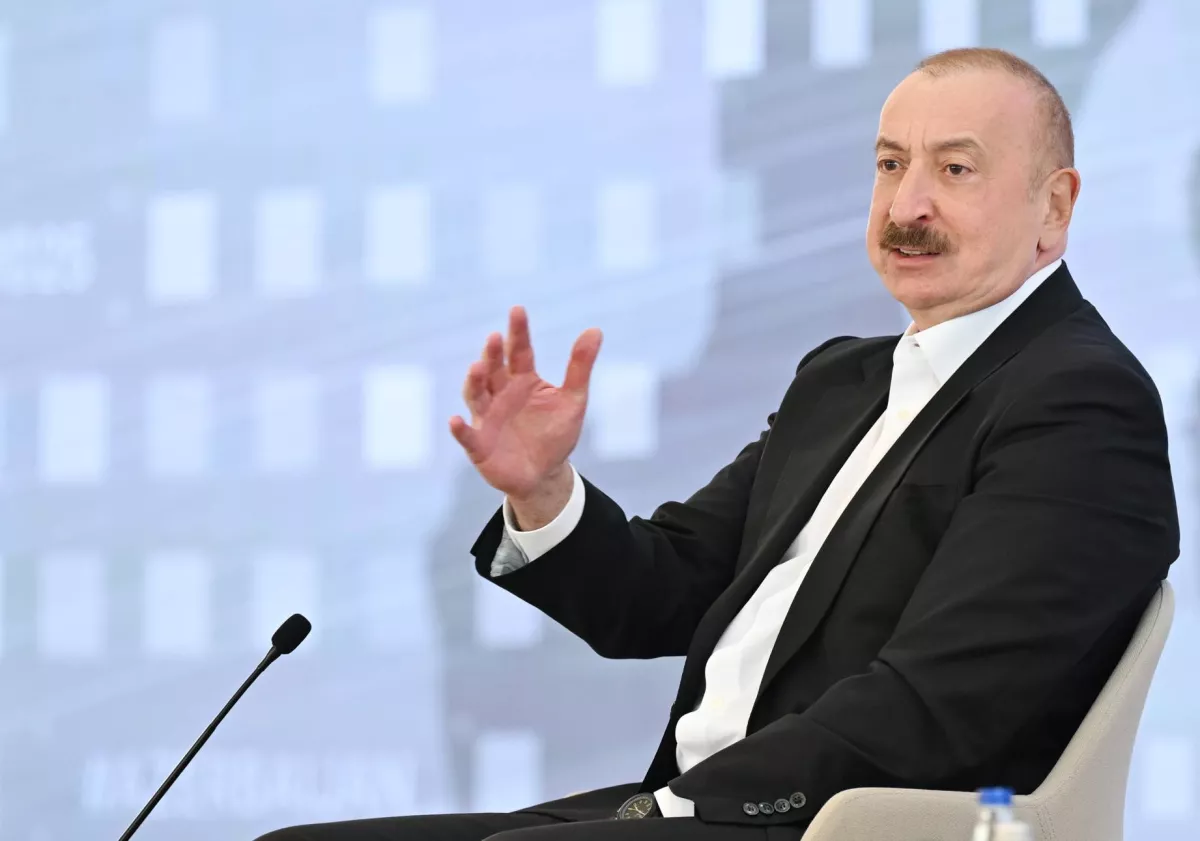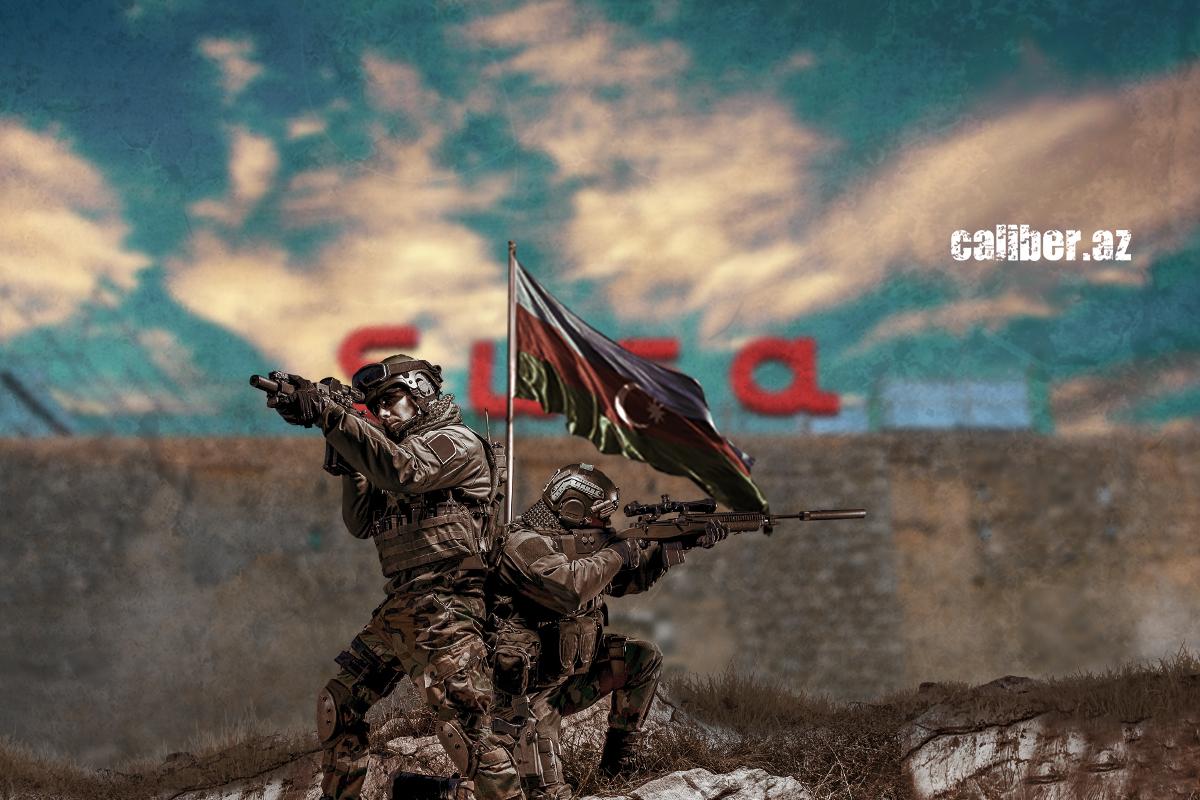From frontline to forum: Azerbaijan’s experience for conflict-affected regions Lessons of history and revival
The meeting between President Ilham Aliyev and participants of the 3rd Shusha Global Media Forum in Khankendi became a widely discussed topic in both domestic and international media. In particular, the response of Ilham Aliyev to a question posed by Ukrainian journalist Dmytro Gordon drew attention in Ukrainian and Russian media. Gordon had asked what advice the head of a country that has restored its sovereignty and territorial integrity could offer to Ukraine.
“I once had the opportunity to answer a question from a representative of Ukraine at an event several years ago, and the question was about the same. And my answer will not differ from what I said then. And I think this is in tune with the aspirations of the Ukrainian people: never to come to terms with occupation. This is the main advice. This is what we did,” said Ilham Aliyev.
This is a logical response from the president of a country that had 20% of its territory under occupation for more than a quarter of a century. Azerbaijan, which has always insisted on the principle of respect for the territorial integrity of states, naturally supports Ukraine’s territorial integrity as well.

President Ilham Aliyev at the Media Forum also recalled that the period of the First Karabakh War was extremely difficult and tragic for Azerbaijan, marked by heavy casualties and the genocide of Azerbaijanis in Khojaly.
“We had a million people who were left without a livelihood: more than 700,000 from the regions of Azerbaijan, the Karabakh region, as well as 250,000 Azerbaijanis who lived in Armenia and who were also deported. At that time, the population of our country was 8 million. That is, it was one of the highest levels per capita in terms of the number of refugees,” the head of state noted. He stressed that during that period, Azerbaijan received no meaningful international support.
We clearly remember how international institutions limited themselves to merely declarative statements, while the four UN Security Council resolutions demanding the immediate and unconditional withdrawal of Armenian armed forces from the occupied territories were completely ignored by Armenia. The Republic of Azerbaijan was essentially left alone in its struggle for territorial integrity.
It was precisely during this time—amid political chaos and the threat of losing statehood—that Azerbaijan was led by a man who not only possessed a statesman’s mindset but also a deep understanding of the complex geopolitical architecture of the region: the national leader of the Azerbaijani people, Heydar Aliyev. This marked a turning point in the country’s modern history.
Under the great leader’s guidance, internal stability was restored in Azerbaijan, anarchy and chaos were brought to an end. On May 12, 1994, a ceasefire agreement was reached. In September of the same year, the “Contract of the Century” was signed with major international oil companies, ushering in economic revival and the construction of a national army. It was then that the formula for Victory began to take shape.
Heydar Aliyev’s strategy centred on the accumulation of strength, the consolidation of statehood, and the establishment of international legitimacy for Azerbaijan’s position. All of this was aimed at achieving the ultimate goal: the liberation of Azerbaijan’s ancestral lands.
A worthy successor to the great leader, President Ilham Aliyev continued this course. Under his leadership, Azerbaijan became the leading economy of the South Caucasus and a key energy and transport hub of Eurasia. The country significantly strengthened its international standing, including within the United Nations, the Organisation of Turkic States, and the Non-Aligned Movement.
Particular attention was given to fostering national unity, instilling a spirit of patriotism among the youth, modernising the army with advanced technologies, and enhancing diplomatic relations with key countries such as Türkiye, Israel, Pakistan, EU member states, and Asian nations. Ilham Aliyev repeatedly emphasised that the conflict was not frozen and that Azerbaijan would never accept the occupation. And these were not just words.
In 2020, when the Armenian side once again resorted to a series of provocations and it became clear that the diplomatic path had been fully exhausted, Azerbaijan launched a military operation to liberate its occupied territories—an operation that went down in history as the Patriotic War. In just 44 days, the Azerbaijani army, equipped with modern weaponry, liberated its native lands, including the crown jewel of Azerbaijan—the city of Shusha.

On November 10, 2020, the Trilateral Statement was signed, officially recording Armenia’s capitulation. This marked an unequivocal victory for the Republic of Azerbaijan, made possible by the unprecedented unity of the army, the people, and the head of state, the high morale of the servicemen, and a carefully calibrated diplomatic strategy.
A new era of revival began. As the rightful owner of the land, the Azerbaijani state launched the process of bringing life back to territories that had been reduced to ruins over 30 years of occupation. On 16 November 2022, the President of Azerbaijan signed a decree approving the First State Programme titled “The Great Return,” under which 34,500 families (approximately 140,000 people) are expected to return to the liberated territories by the end of 2026. This will be followed by the implementation of the Second State Programme.
The scale of financial resources allocated for the revival of Karabakh and East Zangezur is truly substantial: in 2025 alone, 4 billion manats ($2.4 billion) have been earmarked for this purpose—on top of the approximately 17.5 billion manats ($10.2 billion) already allocated between 2020 and 2024.
And the region, liberated from the yoke of Armenian occupation, is flourishing. International airports have been commissioned in Fuzuli, Zangilan, and Lachin. Roads, bridges, and tunnels are being built; villages and cities are being restored; kindergartens, schools, vocational colleges, and healthcare facilities have been constructed. Karabakh University, the Aghdam Industrial Park, and the Araz Valley Economic Zone are now operational. Parks are being laid out, mosques and museums are being reconstructed, and residential neighbourhoods are being built.
This list could go on, but what matters most is that Azerbaijan is reviving these lands on its own—without relying on external assistance—just as it restored justice independently by achieving a historic victory in the Second Karabakh War.
The implementation of the State Programme “The Great Return” once again demonstrates to the world that Azerbaijan is a country capable of achieving victories not only on the battlefield but also in times of peace—realising ambitious projects of vast scale and vision.








